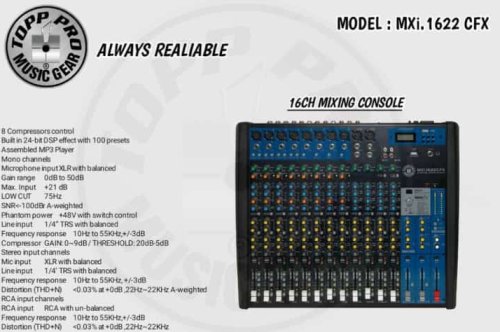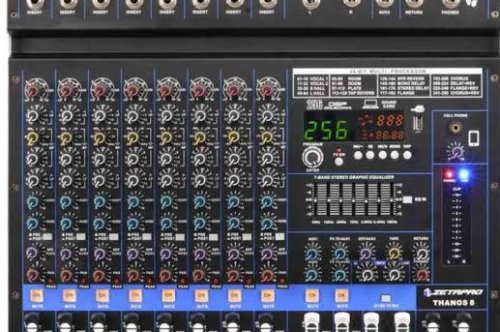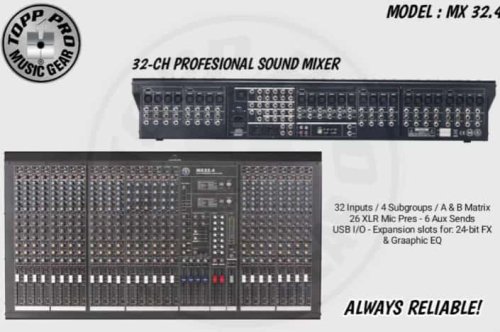Mineral Resources vs. Mineral Reserves: Key Mining Terms for Investors to Know

Mineral Resources vs. Mineral Reserves: Key Mining Terms for Investors to Know
When evaluating junior mining stocks, resource investors have access to a lot of information, but one of the most important steps is to know exactly what a company has in the ground. The process of conducting due diligence relies heavily on mineral reserves and resources. Despite the fact that they may initially appear to be interchangeable, these terms have distinct meanings and implications for the mining industry.
Mineral reserves are broken down into the proven and probable segments, whereas mineral resources are broken down into the measured, indicated, and inferred categories. A different level of insight into a company's deposit is provided by each of these terms. So, what do all of them mean? The definitions provided below can assist investors in making informed decisions. Mineral resources: what are they? As per the Canadian Foundation of Mining, there are two essential ways an organization in the mining business can cover stores at a specific area: mineral assets and mineral stores. Mineral resources are typically associated with the exploration phase of a project. The categories of mineral resources—inferred, indicated, and measured—provide various levels of confidence in the ground's contents.
What are inferred resources? An inferred resource is one of the first things an exploration company does. When inferred resources are released, typically little exploration has taken place. A few drill holes or some surface sampling may have been done at a site. At this stage, an organization has some degree of certainty that there might be mineralization on location, yet needs to raise assets to additionally investigate and assist with characterizing the size and state of the store. Measured and indicated data must be reported separately for inferred resource values because they are derived from a limited sampling. In accordance with the reporting standards outlined in National Instrument 43-101, inferred resources may be incorporated into preliminary economic assessments but not into prefeasibility or feasibility studies.
For financial backers, surmised assets can give some data about beginning phase investigation endeavors, however are the least proportion of certainty. Despite the fact that grade and size may appear excellent at this stage, inferred resources represent a higher-risk investment due to the limited work performed at the site.
What are indicated resources?
A company can begin to report an indicated resource once it has conducted more in-depth drilling programs and increased confidence in the deposit's characteristics. The company now has a better understanding of the deposit's shape, depth, and strike length at this point. It will also have a better idea of the grade and types of minerals hosted at the project through drilling. It is now possible to include indicated resources in more in-depth pre-feasibility and feasibility studies and begin to shape the viability of turning a particular resource into a producing mine as confidence in reporting them grows. Investors can get a better idea of a site's long-term potential and begin to comprehend the size of a potential mine by using indicated resources.
Through different examinations, the organization might try and have some sign of how productive a site might be once completely evolved. What are measured resources?
A measured resource is typically used to fill out late-stage technical reports and feasibility studies. It is made up of the most accurate and detailed sets of data a company has. A mining organization will utilize estimated asset information to decide whether there is adequate material to set aside mining a specific installment a suitable venture. Investors can use this documentation to determine whether a company might be a good investment by looking at measured resource values as a good indicator of what is in the ground. Measurable resource values can be converted into proven and probable mineral reserves as development proceeds. How do mineral reserves work? Mineral resources and mineral reserves differ from one another, despite their similar terms. A mineral reserve only includes the economically viable portions of a mineral resource, whereas a mineral resource contains all of an area's mineralization. The quantity of ore that will be delivered for processing or sale typically defines this. This implies a mineral save gauge might bar project regions that are excessively far from the primary store and too exorbitant to even consider seeking after, or may prohibit parts of the asset that are excessively horrible to be productive.
Mineral reserves are typically disclosed to investors during the project's development phase, when a company is completing its feasibility study and evaluating the long-term prospects of turning an exploration project into a mine. What are likely reserves?A plausible mineral save bears a connection to a showed asset in that it requires a similar degree of certainty; However, it includes modifying factors that impact the resource's viability. These variables can incorporate the level of minerals that can hope to be separated from the mineral because of metallurgic investigation, handling methods and innovation or ecological or financial elements. When they are reported in a prefeasibility or feasibility study, probable reserves necessitate some degree of realistic economic and engineering research. They start by showing how much material in a potential mine site is worth, how long the asset might last, and how long it will take to pay back the initial investment.
Similar to a probable reserve, a proven reserve is a modified reporting of a measured resource that includes economic, geologic, environmental, and other factors in addition to the estimate. What are proven reserves? When it comes to discussing a deposit or a portion of a deposit where mining operations are being planned, the highest level of confidence is represented by proven reserves. Financial backers ought to see demonstrated holds as an organization's last gauge of the amount of minerals held inside a store.





